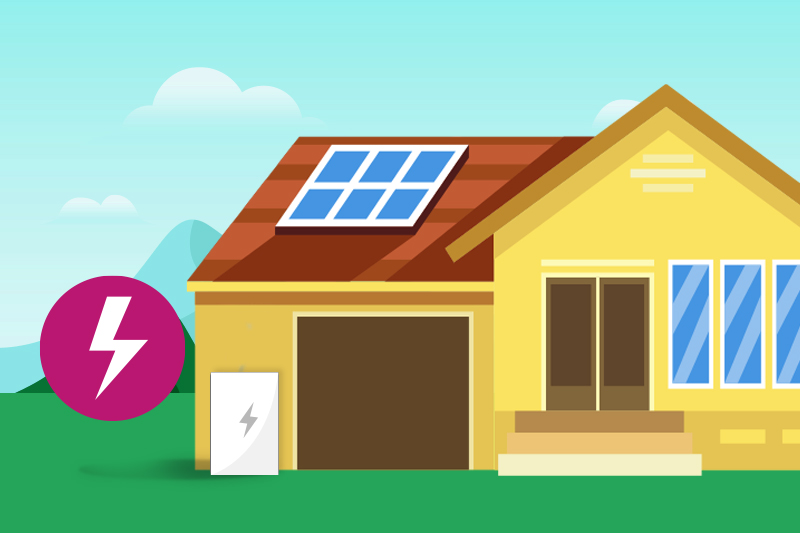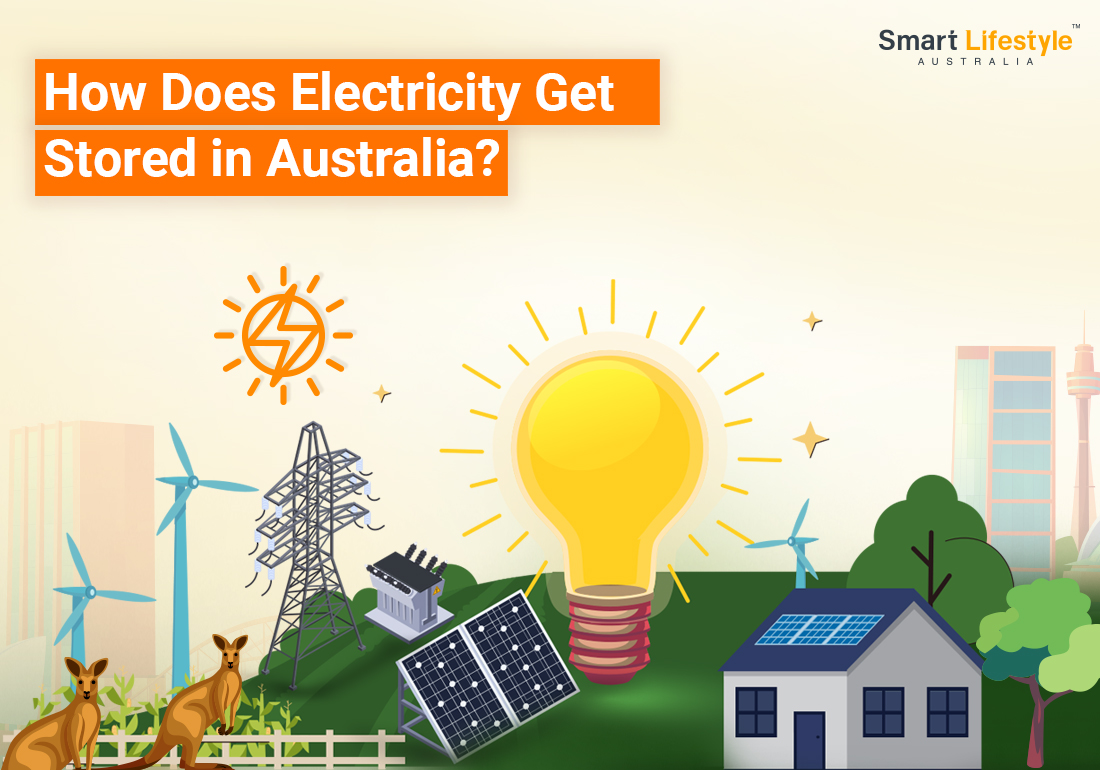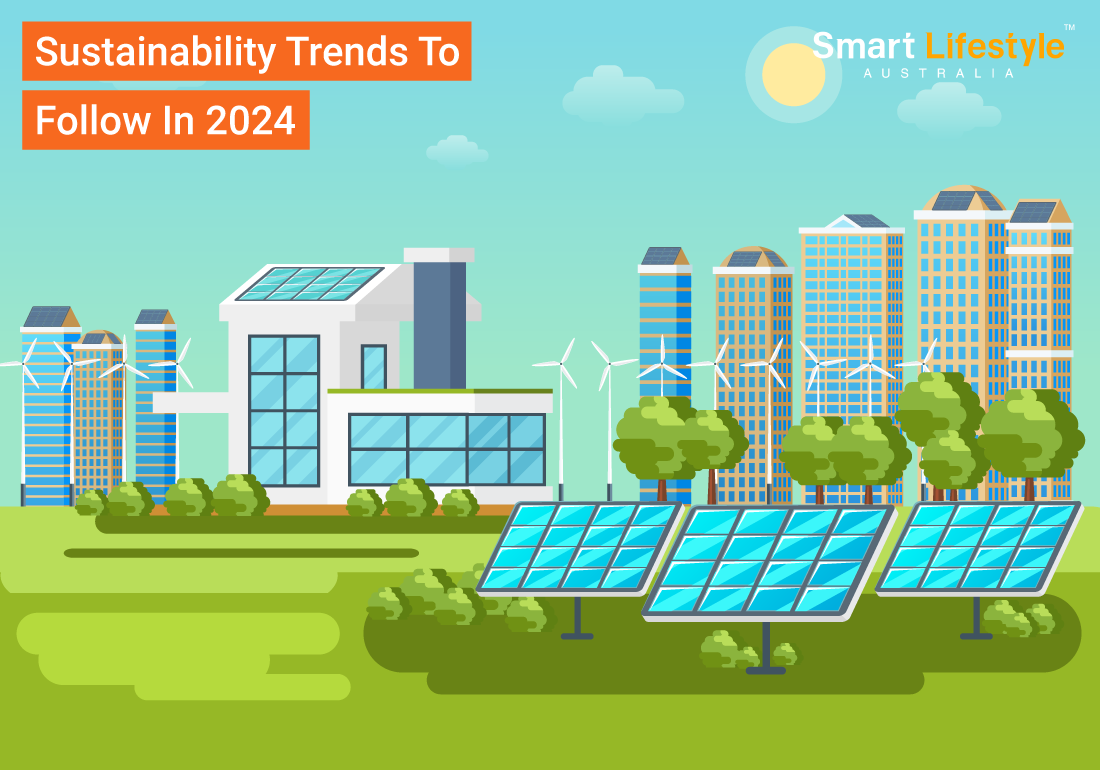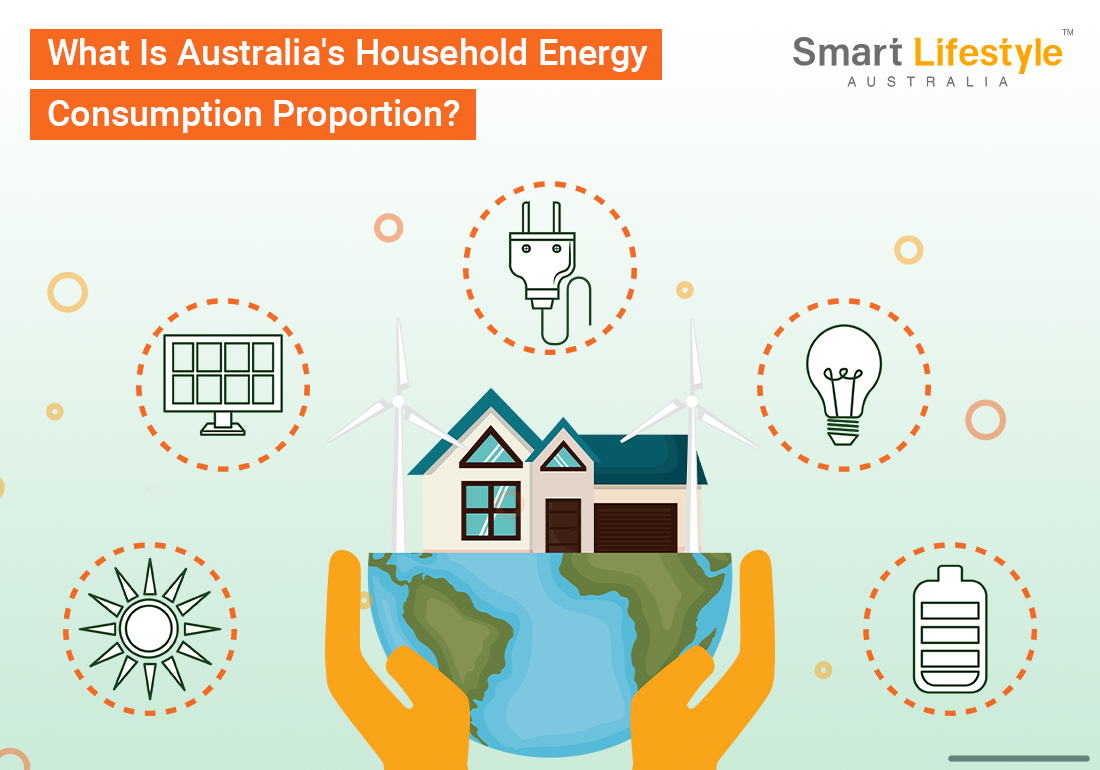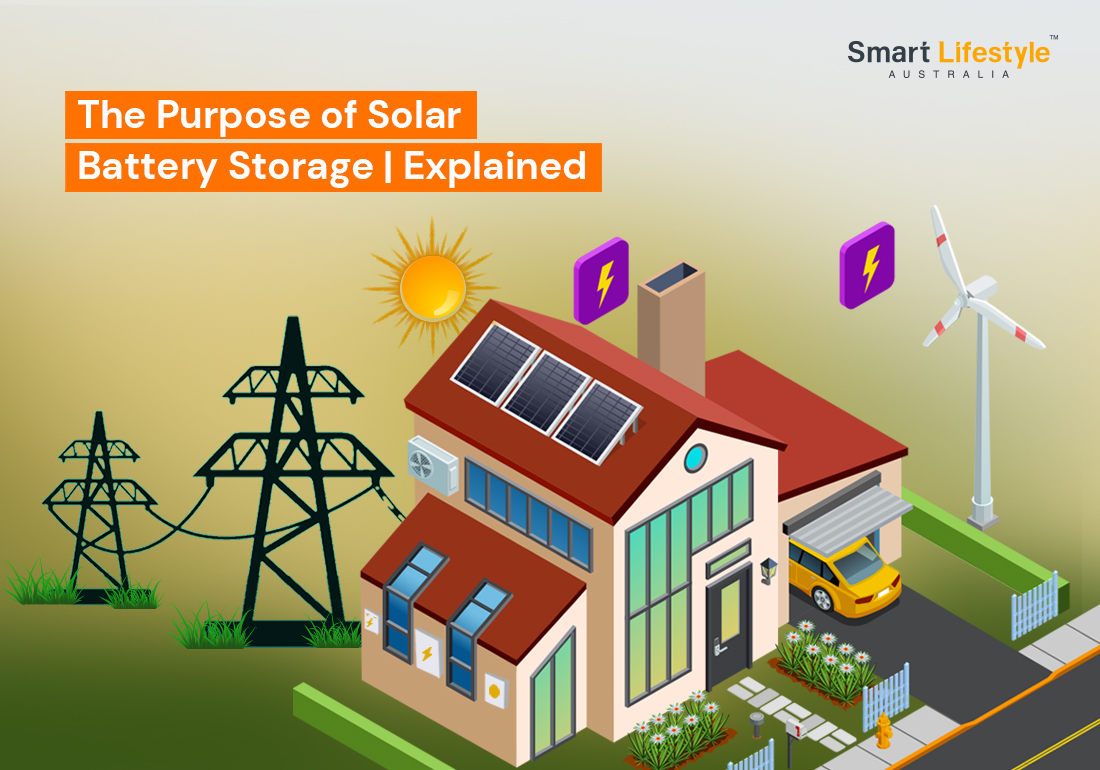Pumped Hydro Storage: Harnessing the Power of Water
Australia’s unique topography allows for the implementation of pumped hydro storage systems, a tried-and-true method for storing large amounts of electricity. This process involves two water reservoirs positioned at different elevations. During periods of excess electricity generation, such as sunny days with abundant solar power or windy nights with surplus wind energy, the excess energy is used to pump water from the lower reservoir to the higher one. When electricity demand is high, water is released from the higher reservoir and flows through turbines to generate electricity.
Pumped hydro storage is a reliable and efficient means of storing energy on a large scale, providing stability to the grid and supporting the integration of intermittent renewable sources.
Battery Storage Solutions: Modernizing the Grid
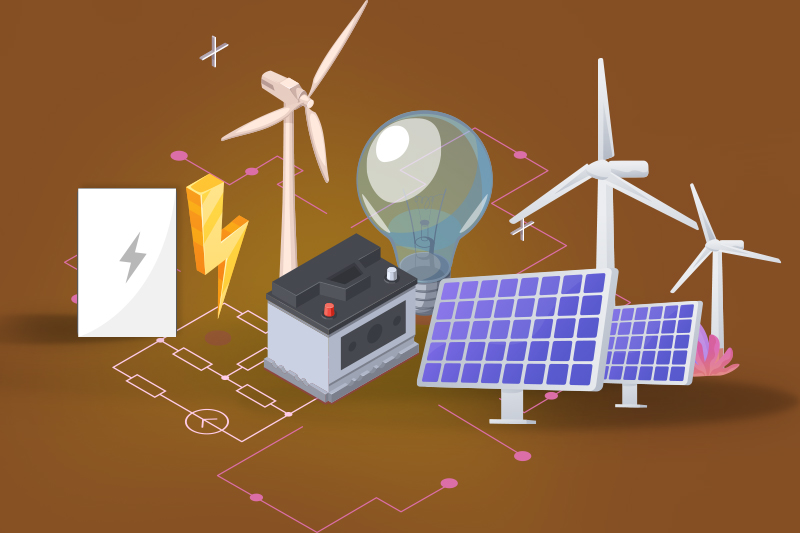
In recent years, Australia has seen a surge in the adoption of battery storage solutions. Lithium-ion batteries, in particular, have become increasingly popular for storing electricity generated from renewable sources like solar and wind. These batteries are scalable and can be deployed at various levels, from residential homes to large-scale utility projects.
Companies and homeowners alike are investing in home battery storage systems, allowing them to store excess energy generated during the day for use during peak demand periods or in the event of a power outage. On a larger scale, utility-scale battery storage projects provide grid stability by responding quickly to fluctuations in demand, ensuring a reliable power supply.
Thermal Energy Storage: Capturing the Heat
Another innovative approach to electricity storage in Australia involves harnessing thermal energy. Concentrated Solar Power (CSP) plants, which use mirrors or lenses to focus sunlight onto a small area, generate intense heat. This heat can then be stored in molten salts, such as potassium nitrate and sodium nitrate, to create a thermal battery.
When electricity is needed, the stored thermal energy is used to produce steam, driving turbines to generate electricity. This method allows for the continuous generation of power even when the sun is not shining, offering a valuable complement to intermittent renewable sources.
Australia’s vast expanse of sunny landscapes makes it an ideal candidate for solar photovoltaic systems. These systems convert sunlight directly into electricity using photovoltaic cells. During peak sunlight hours, excess electricity generated by solar panels can be stored for later use.
Harnessing Solar Energy
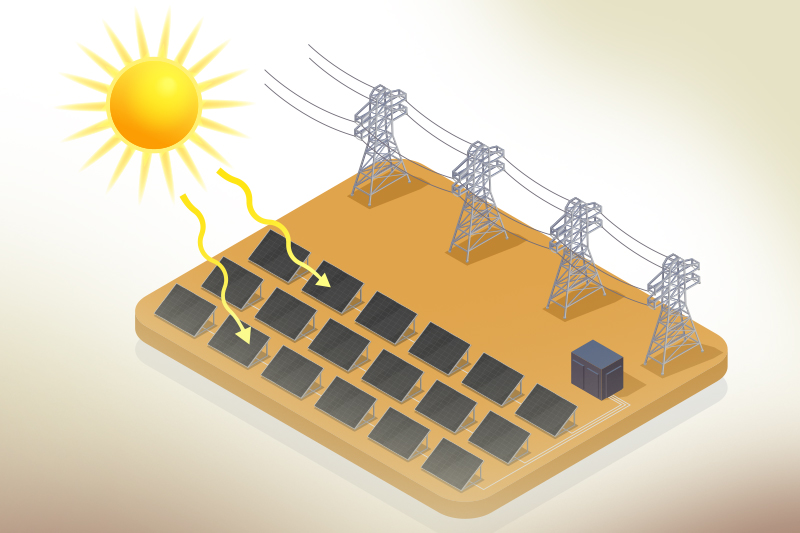
Components of a Solar Battery System
- Solar Panels: Convert sunlight into electrical energy.
- Inverter: Converts direct current (DC) generated by solar panels into usable alternating current (AC).
- Battery Storage: Stores excess energy for later use.
- Monitoring System: Tracks energy production and consumption for optimal management.
Advantages of Solar Battery Storage Systems
Energy Independence
Solar battery systems empower homeowners and businesses to reduce their dependence on the grid. Stored solar energy can be utilized during grid outages or peak demand periods, providing energy security.
Reduced Energy Costs
By storing excess solar energy, users can offset their reliance on grid electricity during times of higher tariffs. This translates to significant cost savings over the long term.
Environmental Sustainability
Solar battery storage promotes sustainability by maximizing the utilization of clean, renewable energy. It reduces reliance on fossil fuels and contributes to a lower carbon footprint.
Technological Advances and Future Developments
Increasing Energy Density
Advancements in battery technology are leading to higher energy density, allowing for more significant energy storage in smaller and more efficient battery units.
Declining Costs
As technology matures and economies of scale come into play, the cost of solar battery storage systems is steadily decreasing, making them more accessible to a broader range of consumers.
Integration with Smart Grids
Future prospects include the integration of solar battery systems with smart grids, enabling seamless communication between energy producers, consumers, and storage units for optimized energy management.
Challenges and Overcoming Barriers
Initial Investment
The upfront cost of purchasing and installing solar battery systems can be a barrier. However, government incentives and falling prices are making these systems more economically viable.
Limited Lifespan
The lifespan of batteries remains a concern, but ongoing research is focused on developing longer-lasting and more sustainable battery technologies.
Hybrid Power Plants: Marrying Solar and Conventional Energy
Innovative hybrid power plants are emerging as a key player in Australia’s energy storage landscape. These plants combine solar power with traditional energy sources, such as natural gas or coal, to ensure a continuous and reliable power supply.
During sunny periods, solar power takes the lead, providing electricity to the grid and charging energy storage systems. When solar production decreases or ceases, the conventional power sources kick in, maintaining a steady flow of electricity. This integrated approach helps overcome the intermittent nature of solar power, providing a more stable energy supply.
Solar-Thermal Storage: Capturing the Sun's Heat for Nighttime Power
Beyond traditional photovoltaic systems, Australia is exploring solar-thermal storage solutions. Concentrated Solar Power (CSP) plants, which use mirrors or lenses to focus sunlight onto a small area, can generate intense heat. This heat can be stored in materials like molten salts, creating a thermal battery.
Solar-thermal storage allows for the continuous generation of electricity, even after the sun sets. By utilizing stored thermal energy to produce steam and drive turbines, these systems provide a reliable source of power, bridging the gap between daytime solar production and nighttime demand.
Challenges and Future Prospects of Energy Storage Systems in Australia
